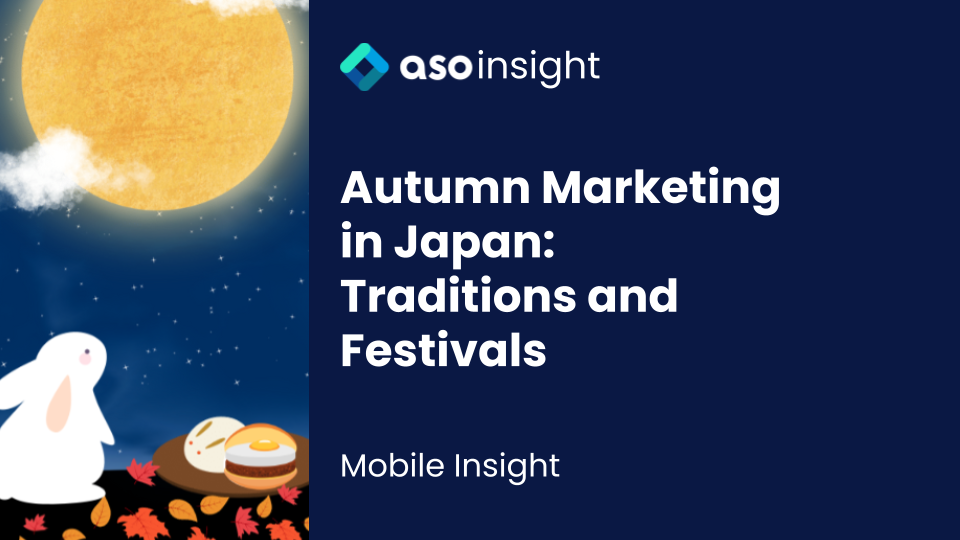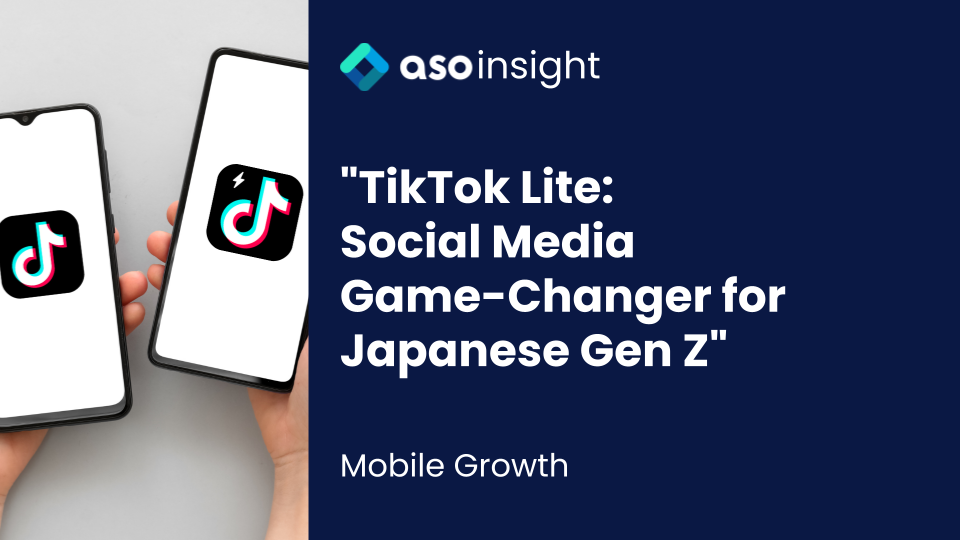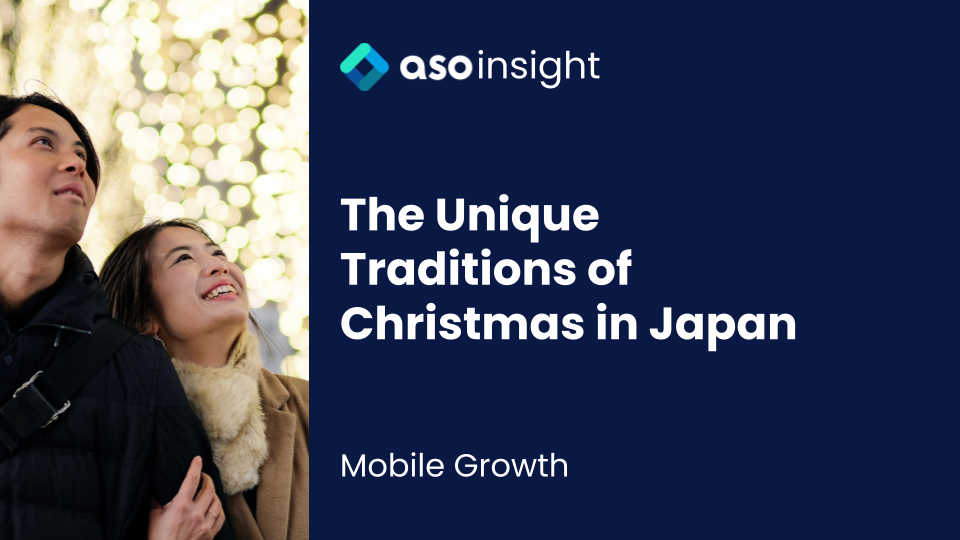Introduction
Autumn in Japan, known as “aki,” is a season steeped in cultural significance and rich traditions. In this article, we will delve into the customs and festivals that make autumn a special time in Japanese culture and explore how businesses can align their marketing strategies with these traditions to engage with customers effectively.
Contents
The Significance of Autumn in Japanese Culture
As the weather cools and the leaves begin to change color, there are many traditions and customs that are observed throughout the country. Autumn in Japan is a mesmerizing display of vibrant hues, where the landscape is painted in striking shades of red, orange, and yellow. These colors hold profound cultural significance, representing the very essence of life, death, and renewal in Japanese culture. Deeply rooted in Japanese folklore, references to these autumnal colors can be traced back to ancient poetry and literature, where they symbolize the transient nature of life and the beauty of impermanence.
Overall, autumn in Japan is a season that is steeped in tradition and meaning. It is a time to reflect on the passing of time and to appreciate the natural beauty that surrounds us.
Japanese Autumn Traditions and Festivals
Tsukimi: Moon-Viewing Tradition

One of the most captivating autumn traditions in Japan is “tsukimi,” or moon-viewing. Families and friends gather to appreciate the full moon, often accompanied by offerings of seasonal fruits and rice cakes. This is celebrated with Japanese festivals honoring the autumn moon, a variant of the Mid-Autumn Festival. Tsukimi traditions often include displaying decorations made from Japanese pampas grass (susuki) and eating rice dumplings called “Tsukimi dango” to celebrate the beauty of the moon.
Shichi-Go-San: Celebrating Children

Another Japanese Autumn tradition to note is “Shichi-go-san.” On November 15th, families celebrate “shichi-go-san,” literally translates to “seven-five-three.” It is a custom dedicated to children aged 3, 5, and 7. It involves dressing up in traditional clothing and visiting Shinto shrines to pray for the children’s health and happiness, creating a memorable family experience.
Autumn Festivals: Chrysanthemum and Maple Festivals

Japan hosts various festivals during autumn, such as the Chrysanthemum Festival and the Maple Festival. These events showcase the splendor of nature during this season and provide opportunities for communities to come together and enjoy traditional music, food, and activities.
Business Opportunities
Understanding these autumn traditions and festivals can offer valuable insights to businesses. Aligning marketing campaigns with these cultural elements can create a sense of authenticity and connection with customers. For example, creating limited edition products or hosting events that embrace these traditions can be highly effective.
Examples of Businesses Taking Advantage of Autumn Themes

(Top to bottom, left to right) Lotteria “Lotteria’s Half-Boiled Tsukimi” | Wendy’s First Kitchen “American Tsukimi CBP Burger” | Burger King “Pine Tsukimi Burger” | McDonald’s “Tsukimi Family” | Kentucky Fried Chicken “Toro-ri Tsukimi” series | Komeda Coffee Shop “Komeda’s Moon Viewing Festival” | Mos Burger “Tsukimi Focaccia” | Pizza Hut “Tsukimi Hut Melts”
From late August to early September, fast food and cafe companies announce their “Tsukimi” products, mainly burgers that often have egg that resembles the moon. In Burger King’s case, this year they released a burger that has pineapple to represent the moon.

[Seibu Ikebukuro Main Store] Offering “Tsukimi Sweets” (Source: PR Times)
Sweets in the theme of Tsukimi can be seen everywhere in Japan during autumn as well. Above is just an example from Seibu Ikebukuro Main Store offering Tsukimi sweets such as cakes and dumplings with rabbit and moon motifs.

Autumn packaging of Starbucks, Calbee, Asahi, Kiri, Suntory, Sapporo, Ito En, and Bourbon
Above are some popular Japanese brands releasing seasonal autumn limited packaging for their products.
Conclusion
In conclusion, autumn in Japan transcends mere seasonal change; it is a time when the very essence of Japanese culture is on vivid display. The traditions, festivals, and customs that define this season are not merely relics of the past but living embodiments of timeless values. Businesses that recognize and respect these traditions are not only well-positioned to create marketing campaigns that deeply resonate with their customers but also to contribute positively to the cultural fabric of society. In doing so, they forge connections that extend beyond commerce, fostering a sense of authenticity and shared values that are truly priceless in the world of business.





